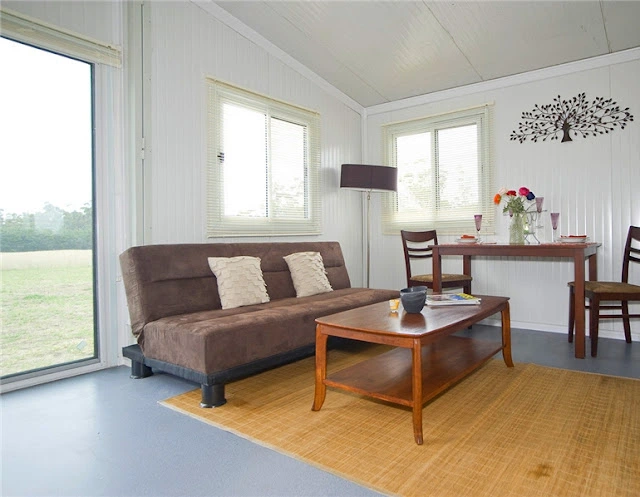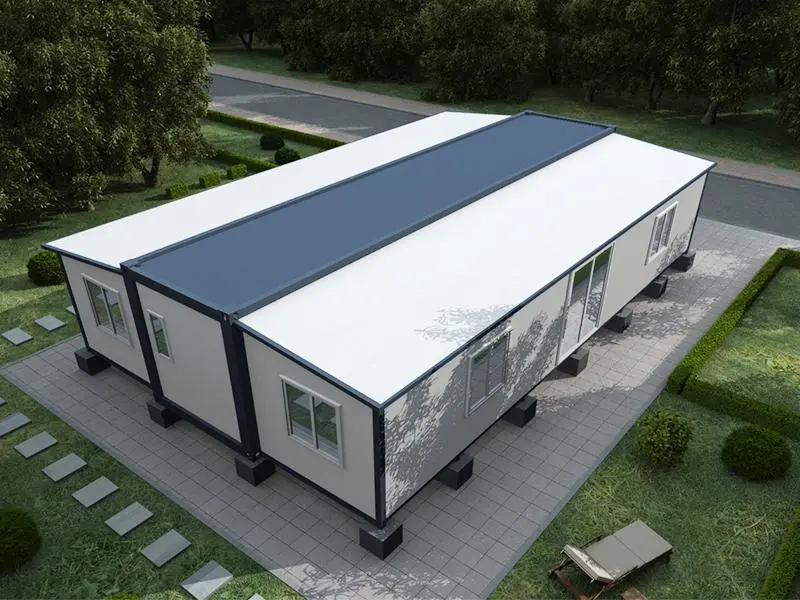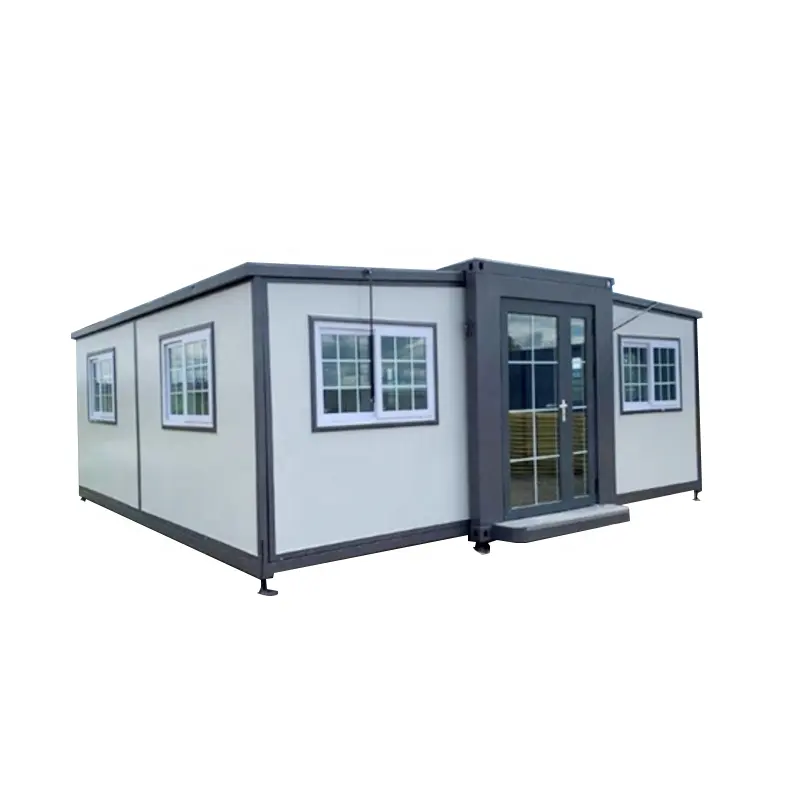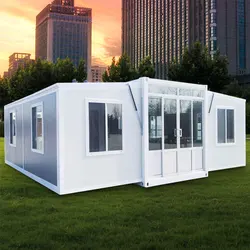Container Shelters: A New Trend in Sustainable Development
In today’s world, climate change and frequent natural disasters have become global focal points. As climate conditions worsen and natural disasters increase, the demand for sustainable development and disaster response continues to grow. In this context, container shelters have emerged as a highly discussed topic. This article will explore the concept of container houses, their advantages, and their role in sustainable development.

Part I: The Concept of Container Shelters
Container shelters involve the use of discarded shipping containers to construct temporary or permanent shelters. These containers, which shipping industry typically retires, often face abandonment or recycling. However, they are now finding a new lease of life as materials for sustainable construction. Container shelter designs can be versatile and used for various purposes such as housing, schools, medical facilities, and office spaces.

Part II: Advantages of Container Shelters
- Sustainability: Utilizing discarded shipping containers for shelter construction helps reduce the construction industry’s demand for new resources, contributing to environmental protection. Additionally, this construction method reduces the generation of construction waste, alleviating the burden of urban waste management.
- Cost-Effectiveness: Container shelters generally have lower construction costs compared to traditional buildings. Since the container’s structure already exists, there is no need for extensive civil engineering, saving both time and money.
- Rapid Construction: Container houses can be constructed quickly, which is particularly important for disaster response and emergency situations. They can swiftly provide housing, office space, or medical facilities to help affected populations return to normal life.
- Portability: Due to the inherent mobility of shipping containers, container shelters can easily be relocated to where they are needed. This makes them versatile for deployment in different locations and scenarios.

Part III: The Role of Container Shelters in Sustainable Development
Container shelters not only play a vital role in disaster response but also serve crucial functions in sustainable development. Here are some aspects:
- Housing Solutions: Globally, many regions face housing shortages. Container houses can serve as an affordable and sustainable housing solution, providing living spaces for those in need.
- Education and Medical Facilities: Container houses can be used for the rapid construction of schools and medical facilities, especially in remote areas or emergency situations. This helps improve the accessibility of education and healthcare resources.
- Commercial and Innovation Spaces: Container houses can also serve as commercial and innovation spaces. They can accommodate startups, artist studios, small cafes, and more, supporting community economic development.
Container shelters are a multifunctional architectural form with advantages in sustainability, cost-effectiveness, and rapid construction. They play a critical role not only in disaster response but also in providing support for sustainable development. As we strive for a more sustainable future, container houses will undoubtedly continue to play a vital role in addressing global housing, education, healthcare, and innovation needs.
